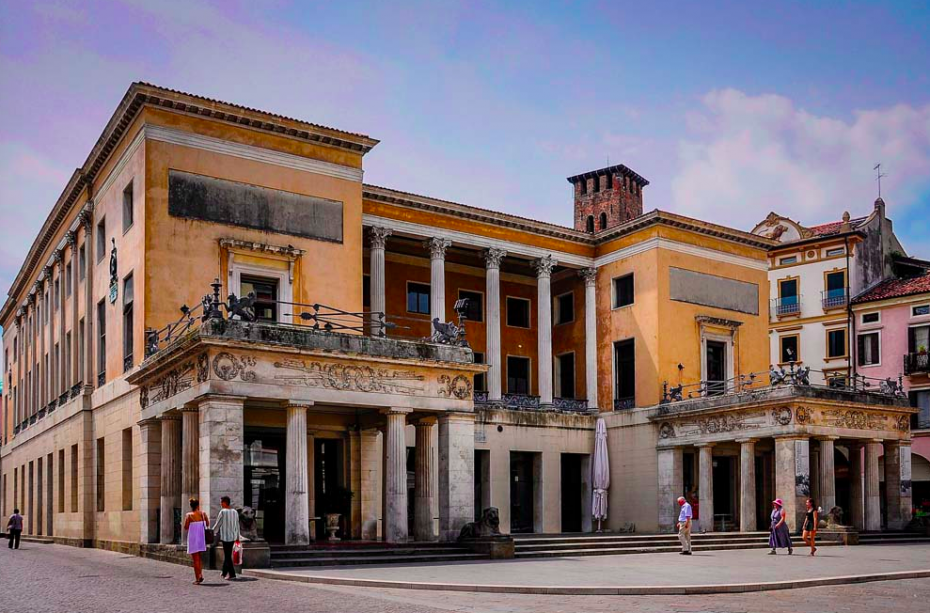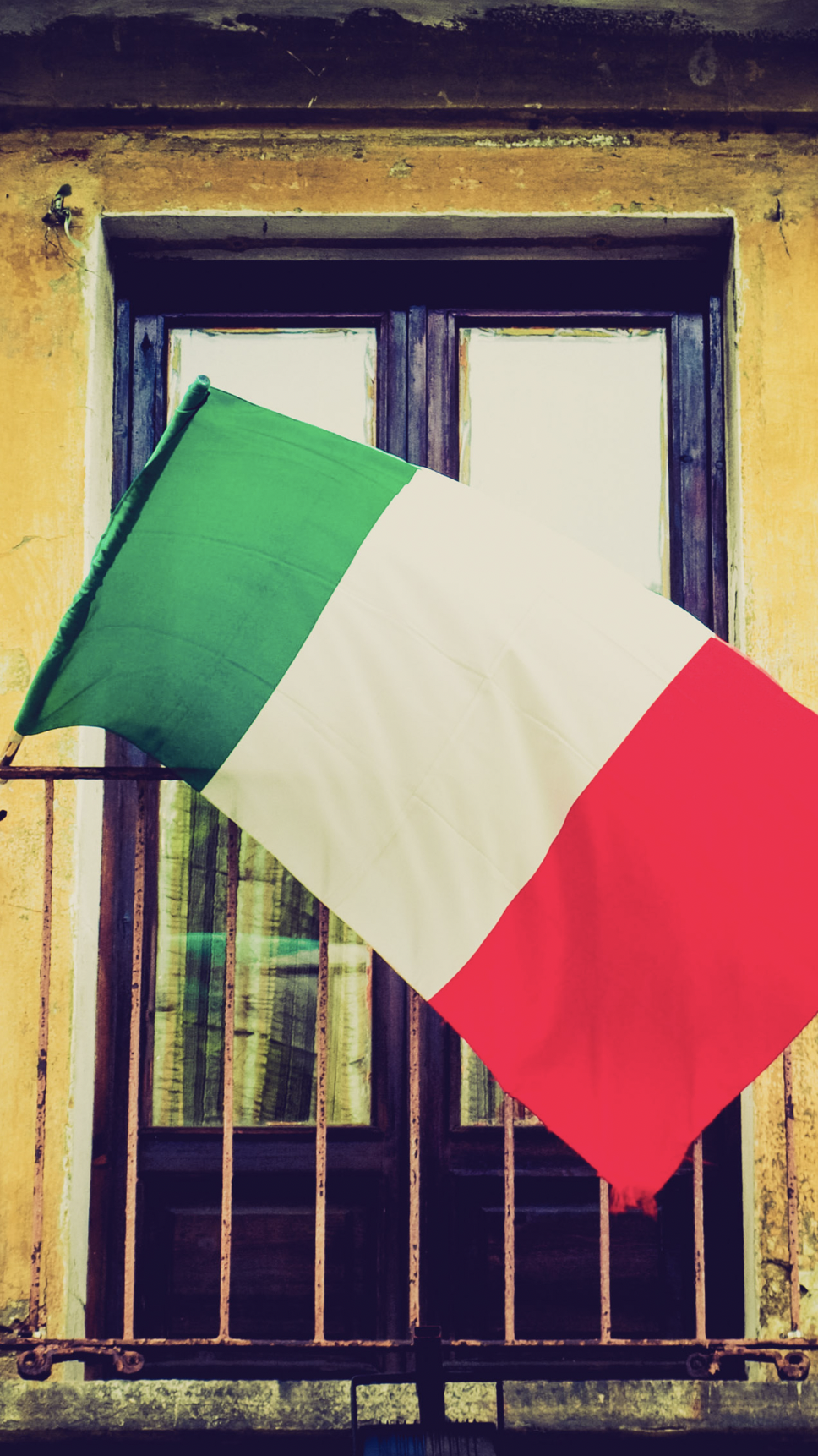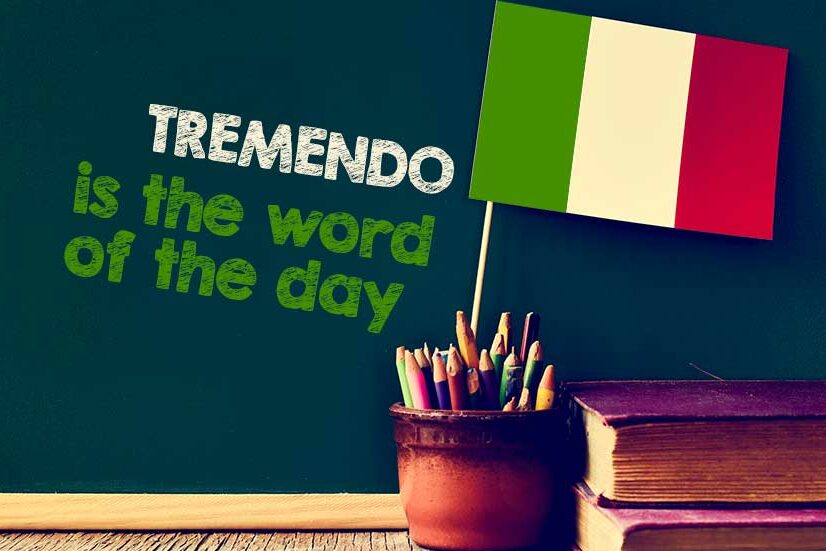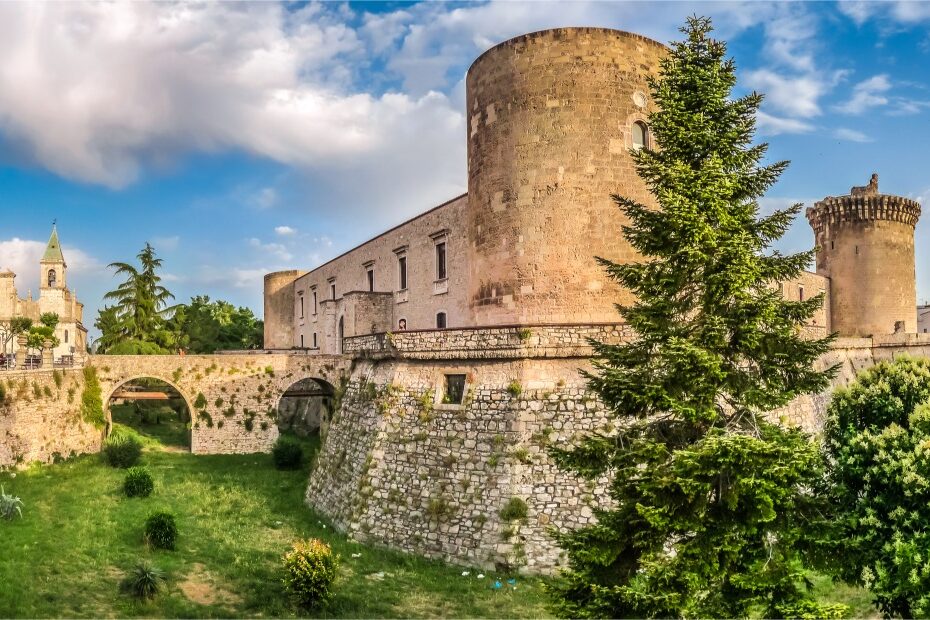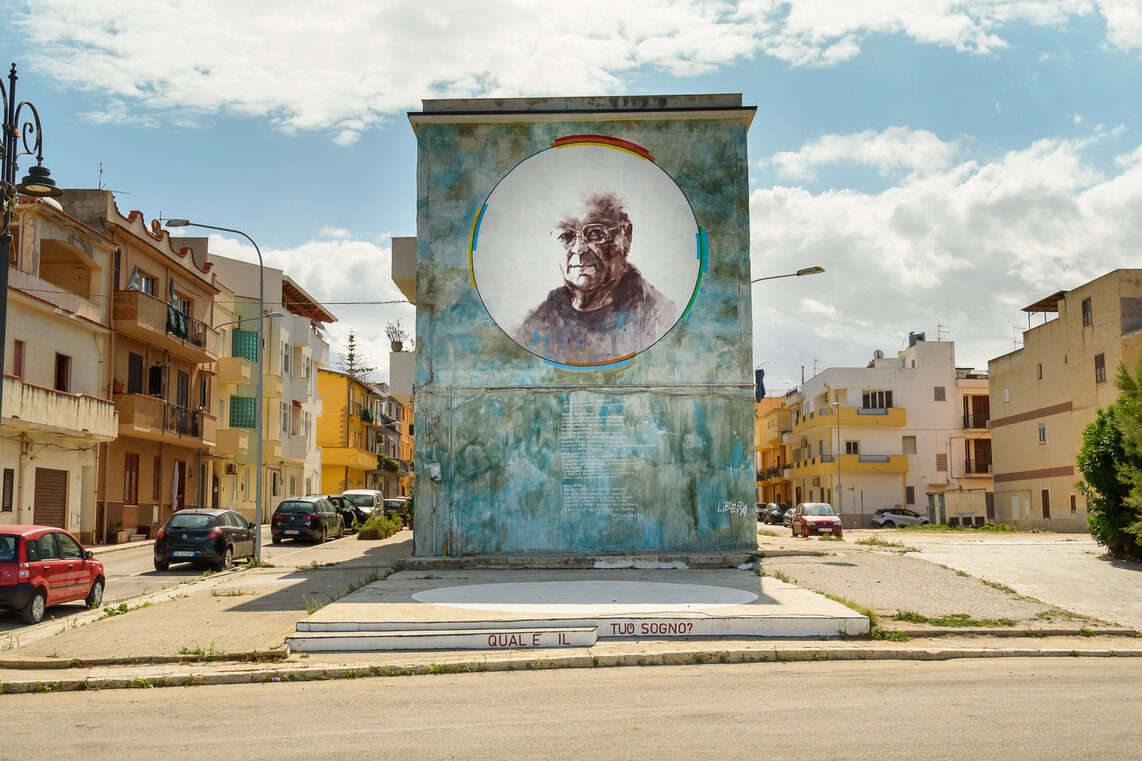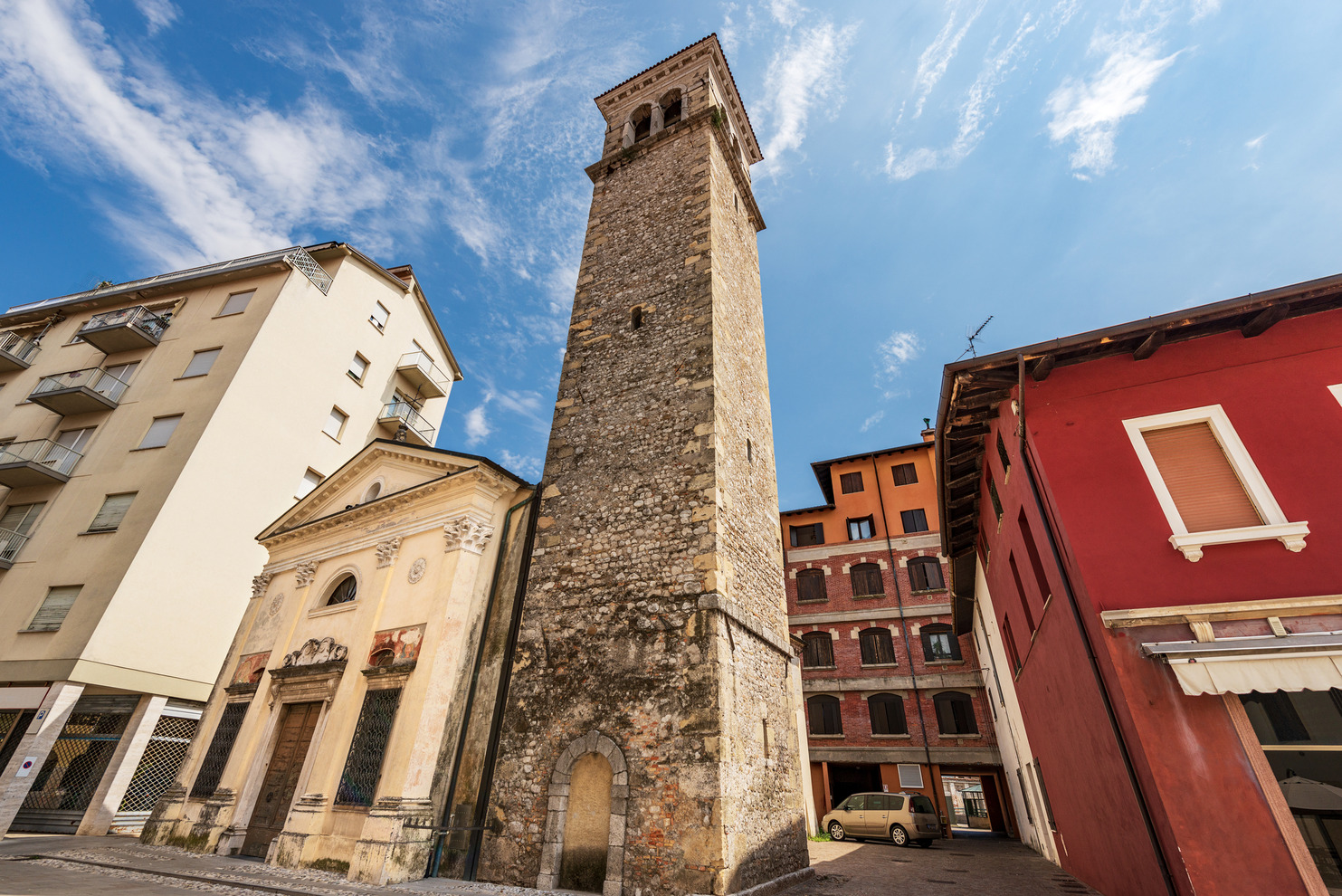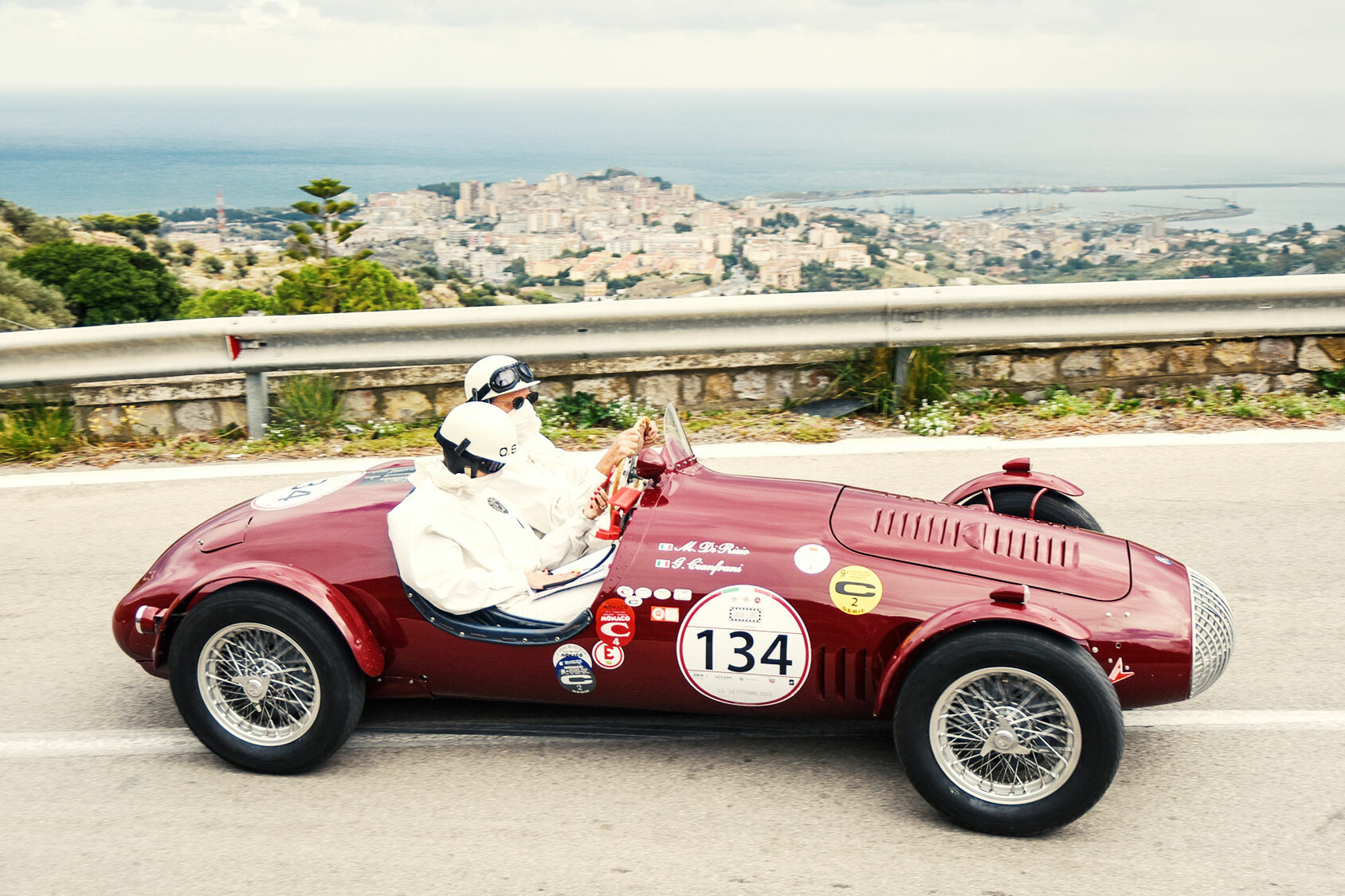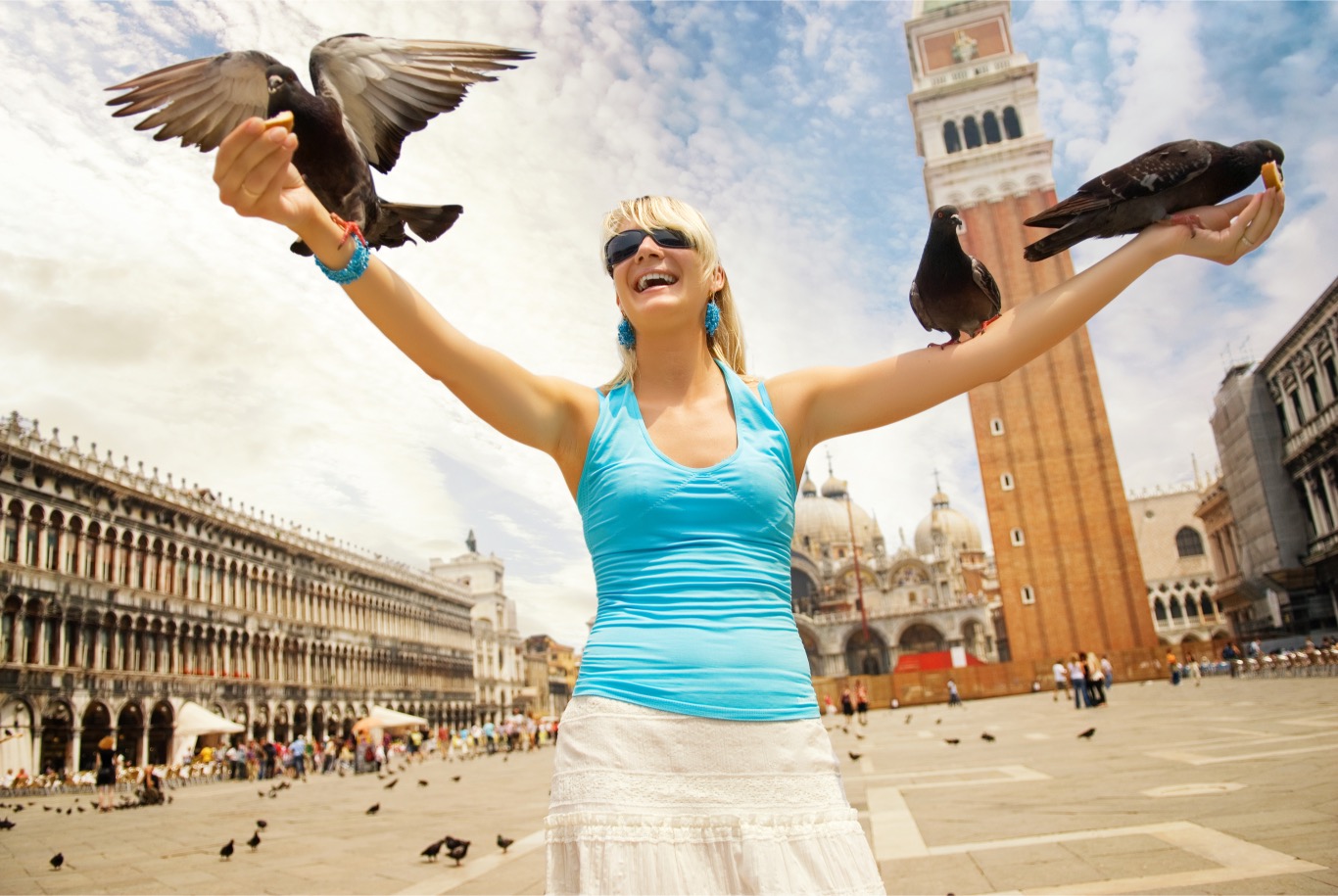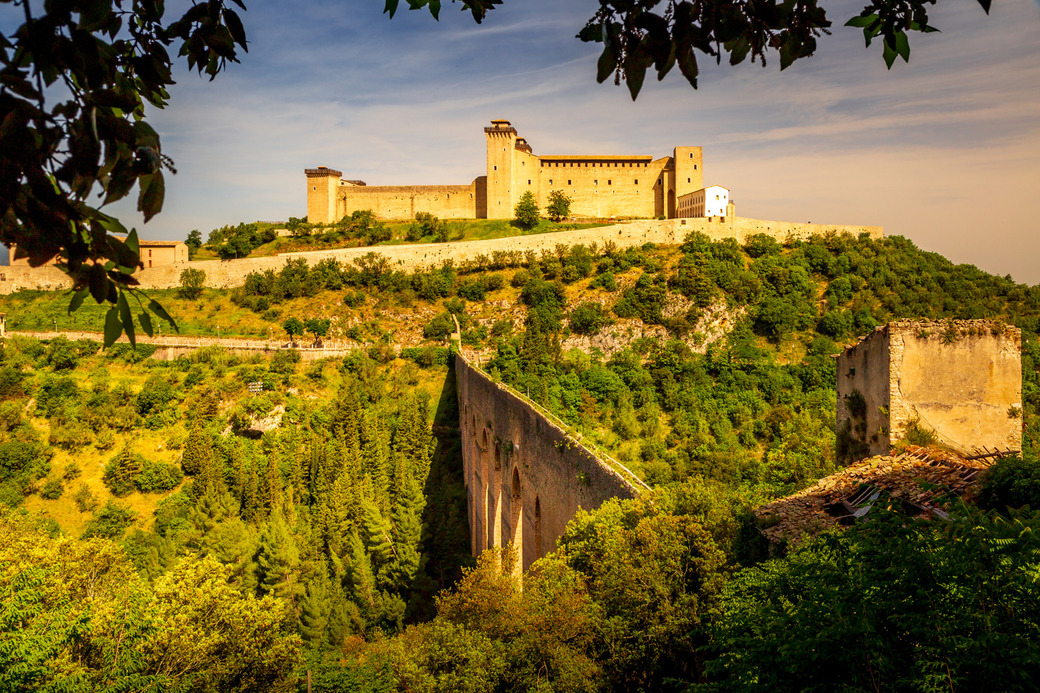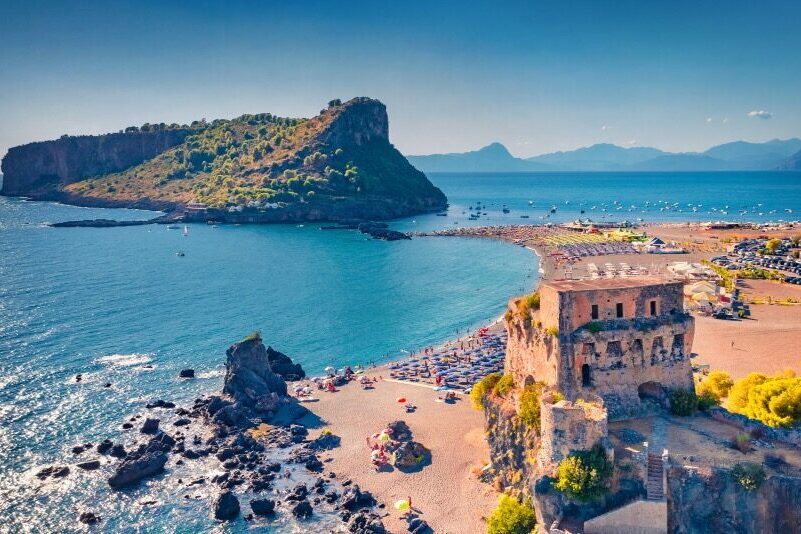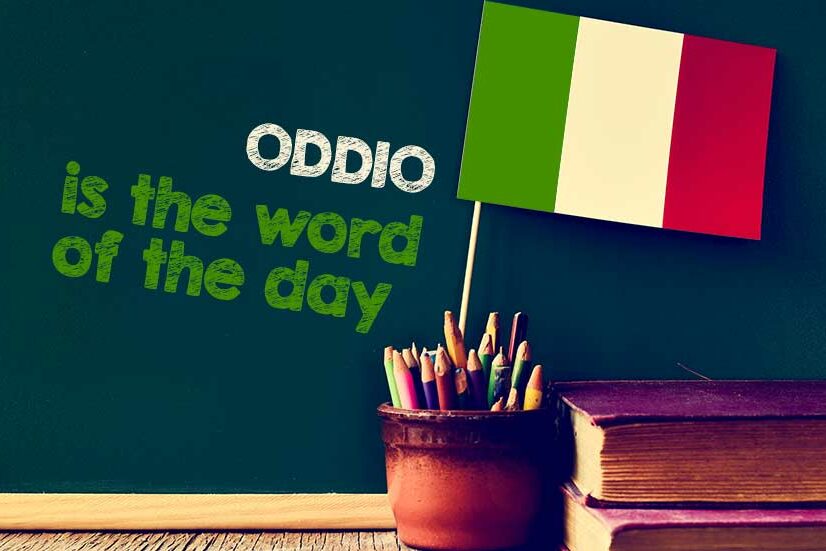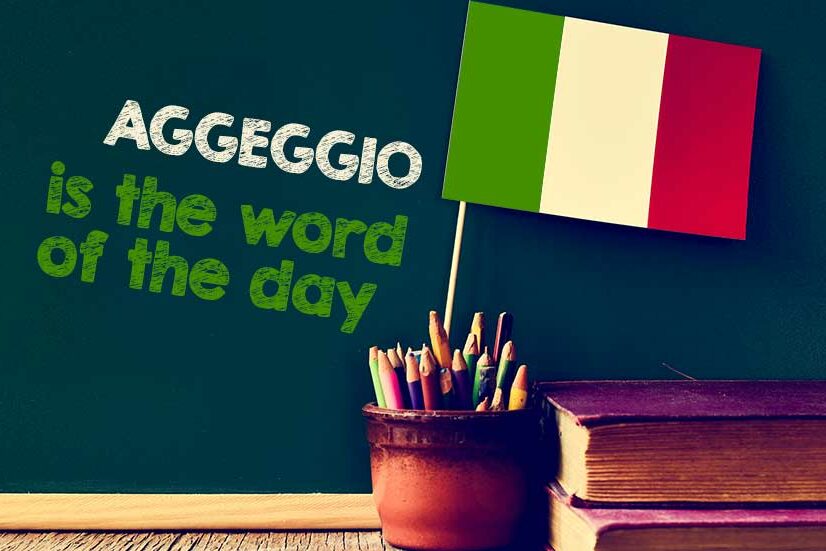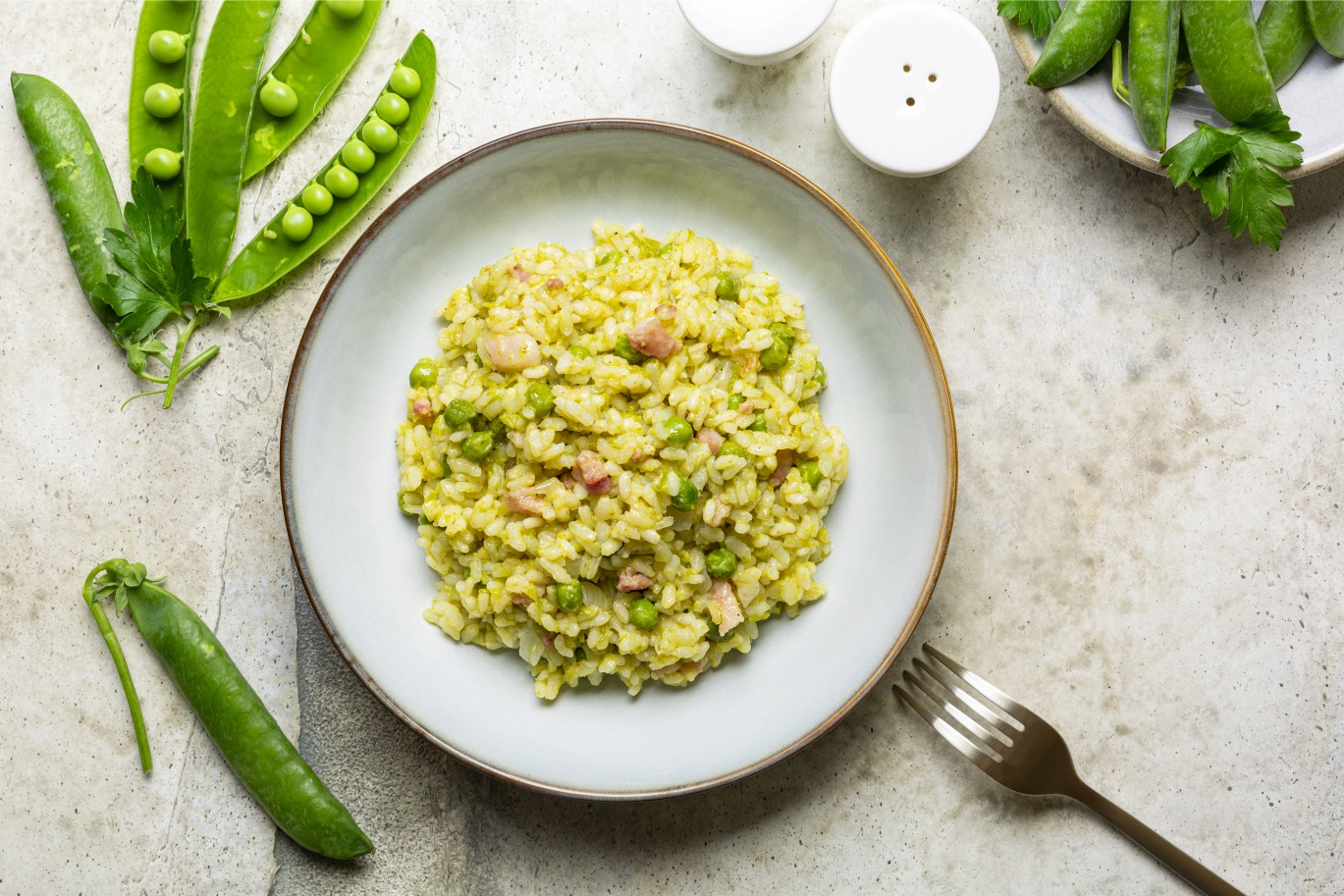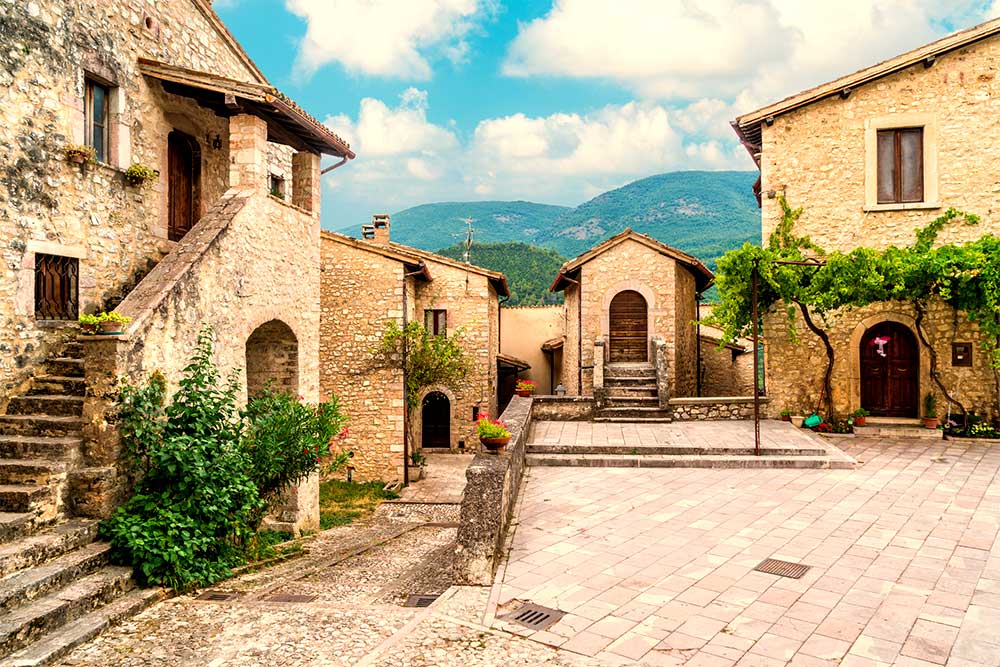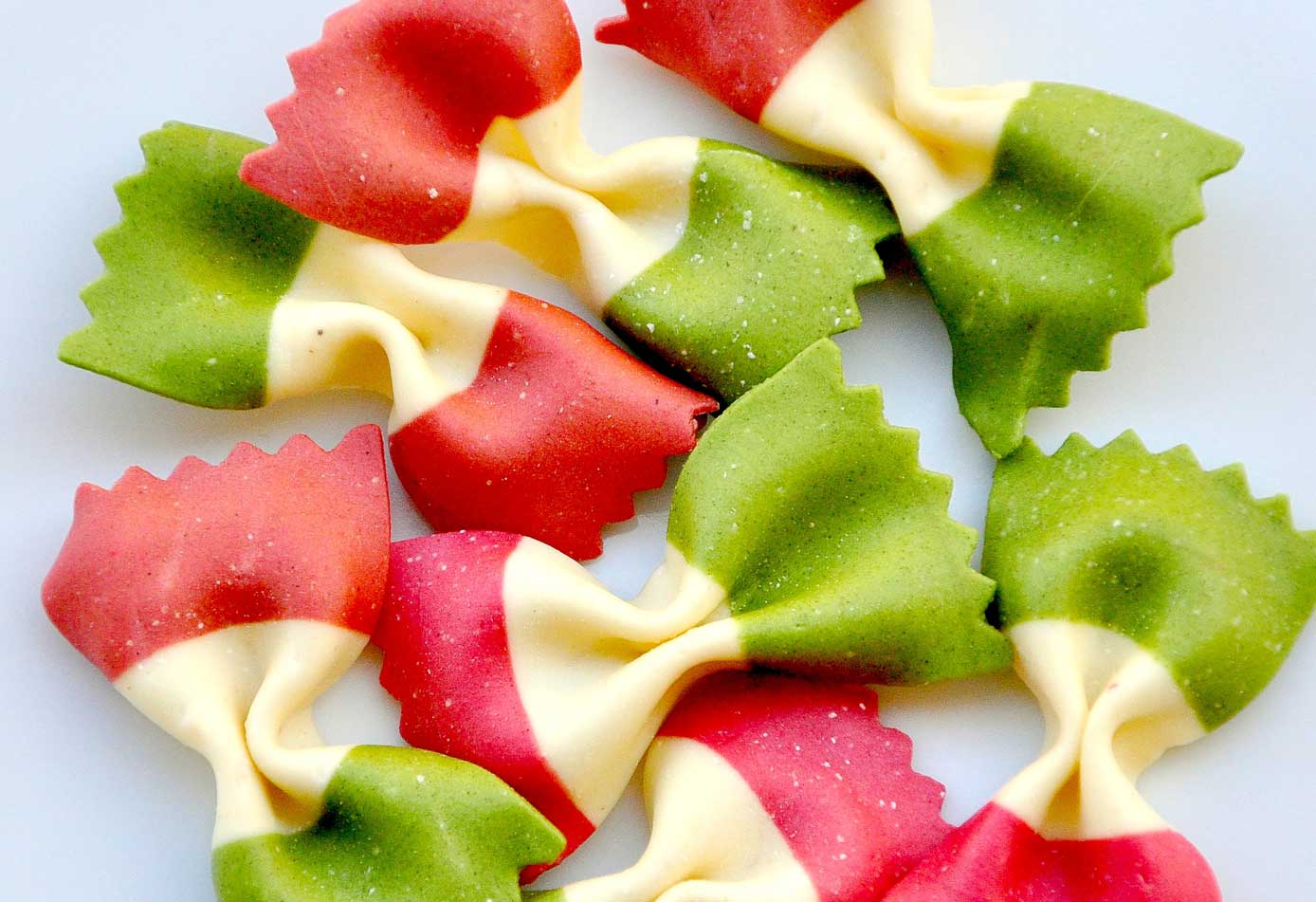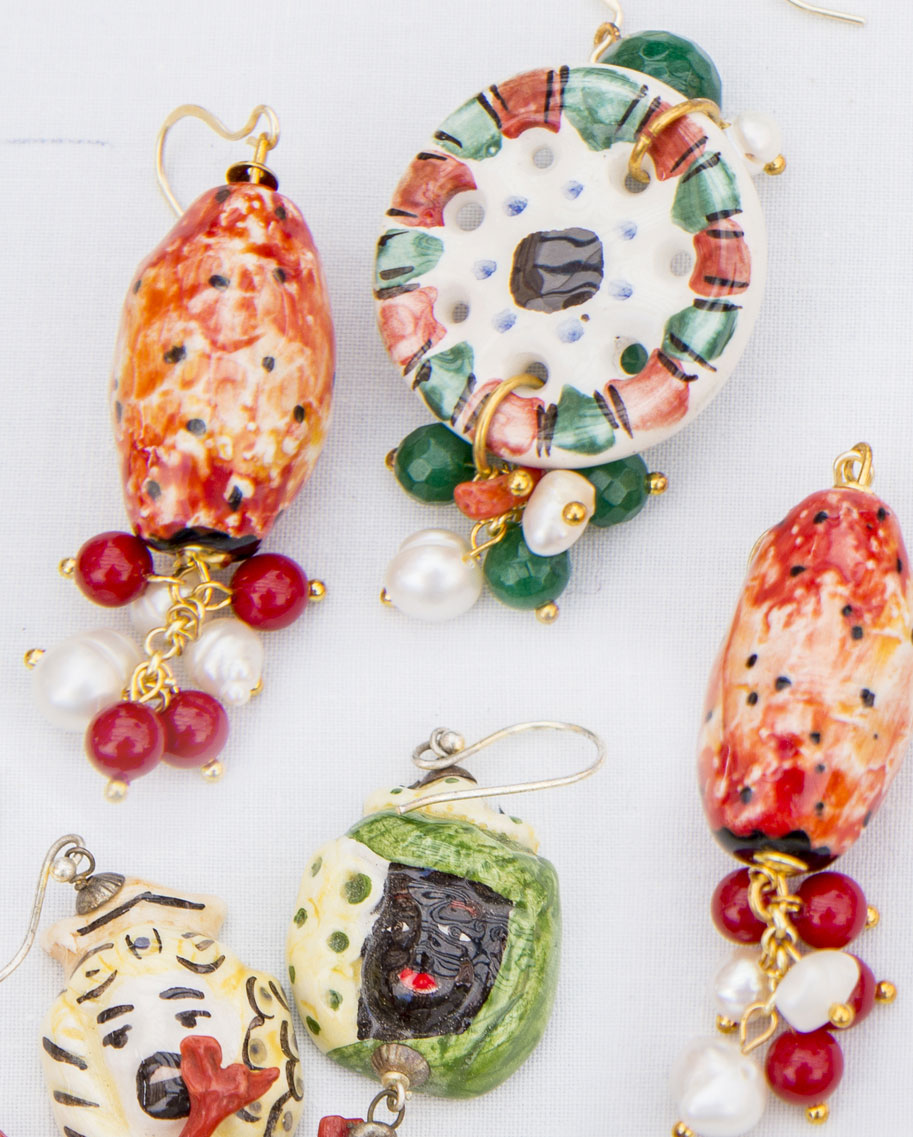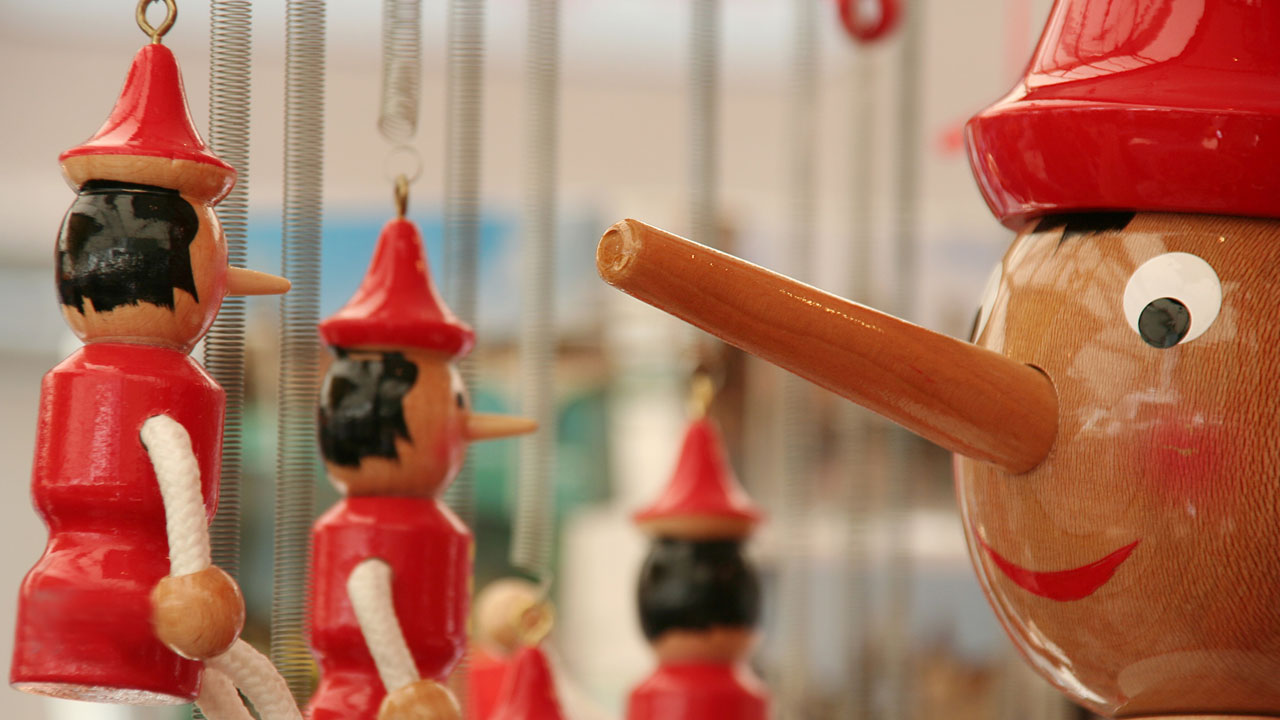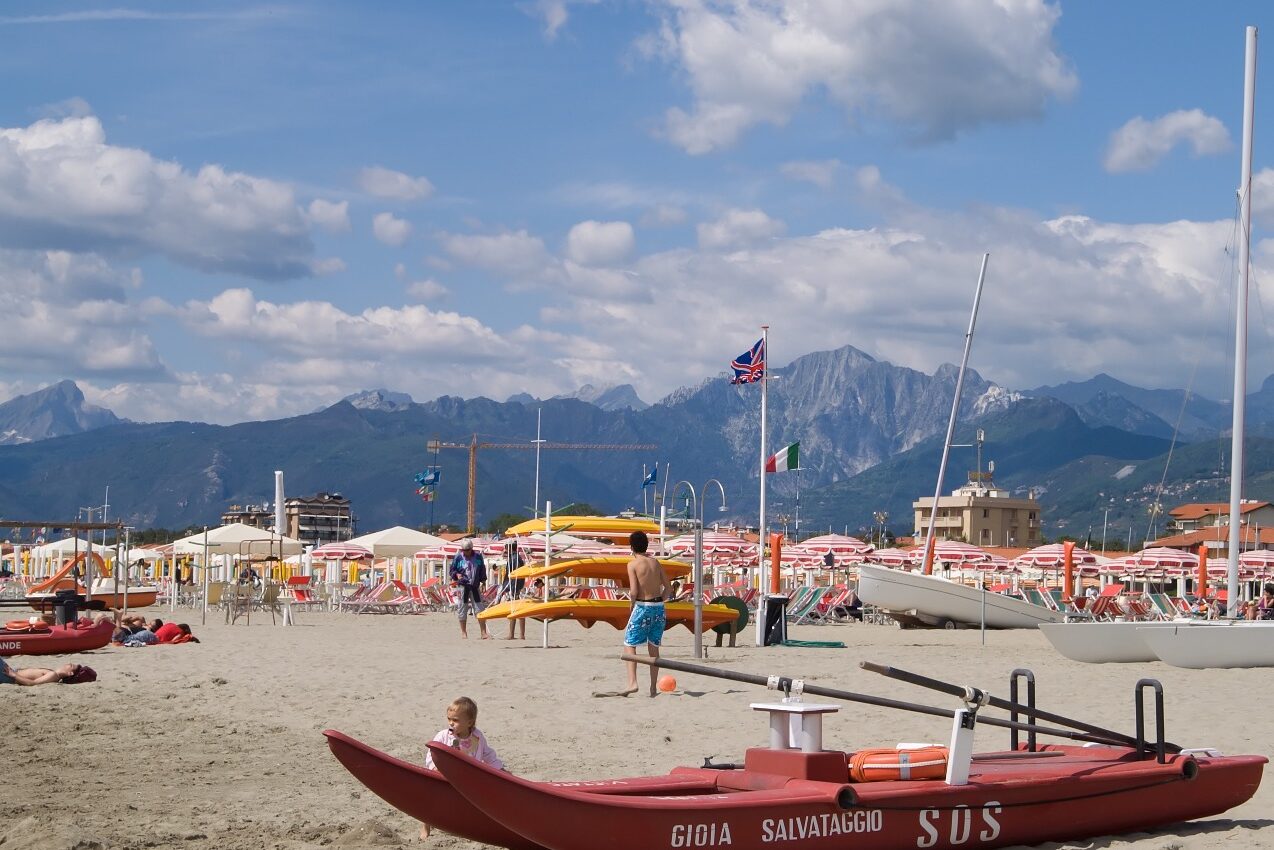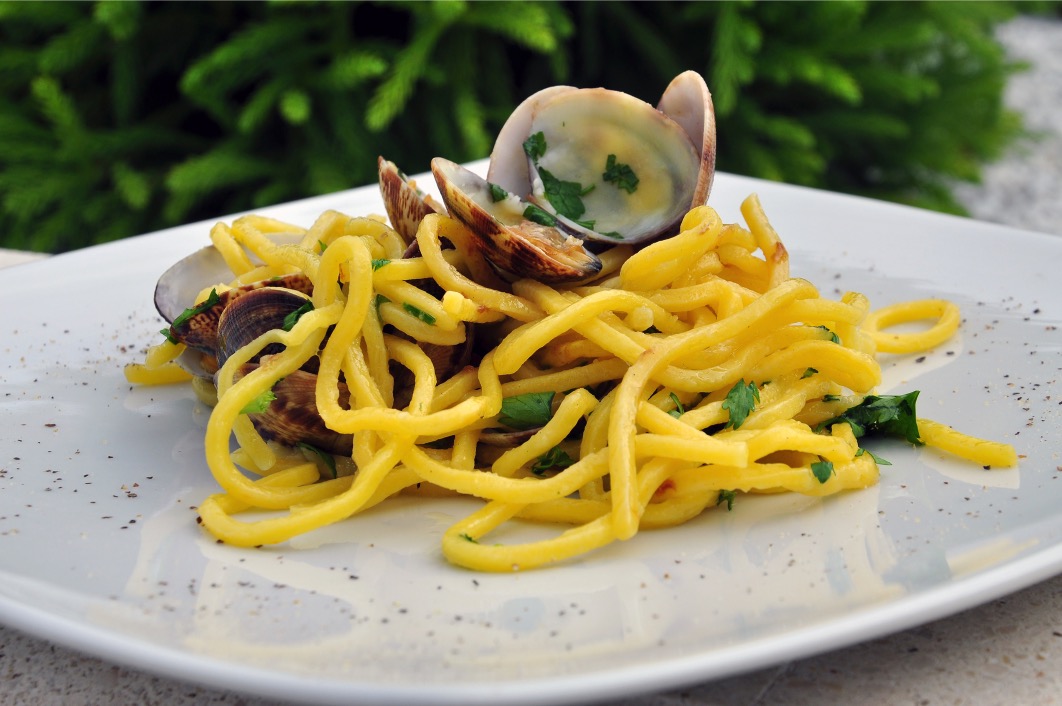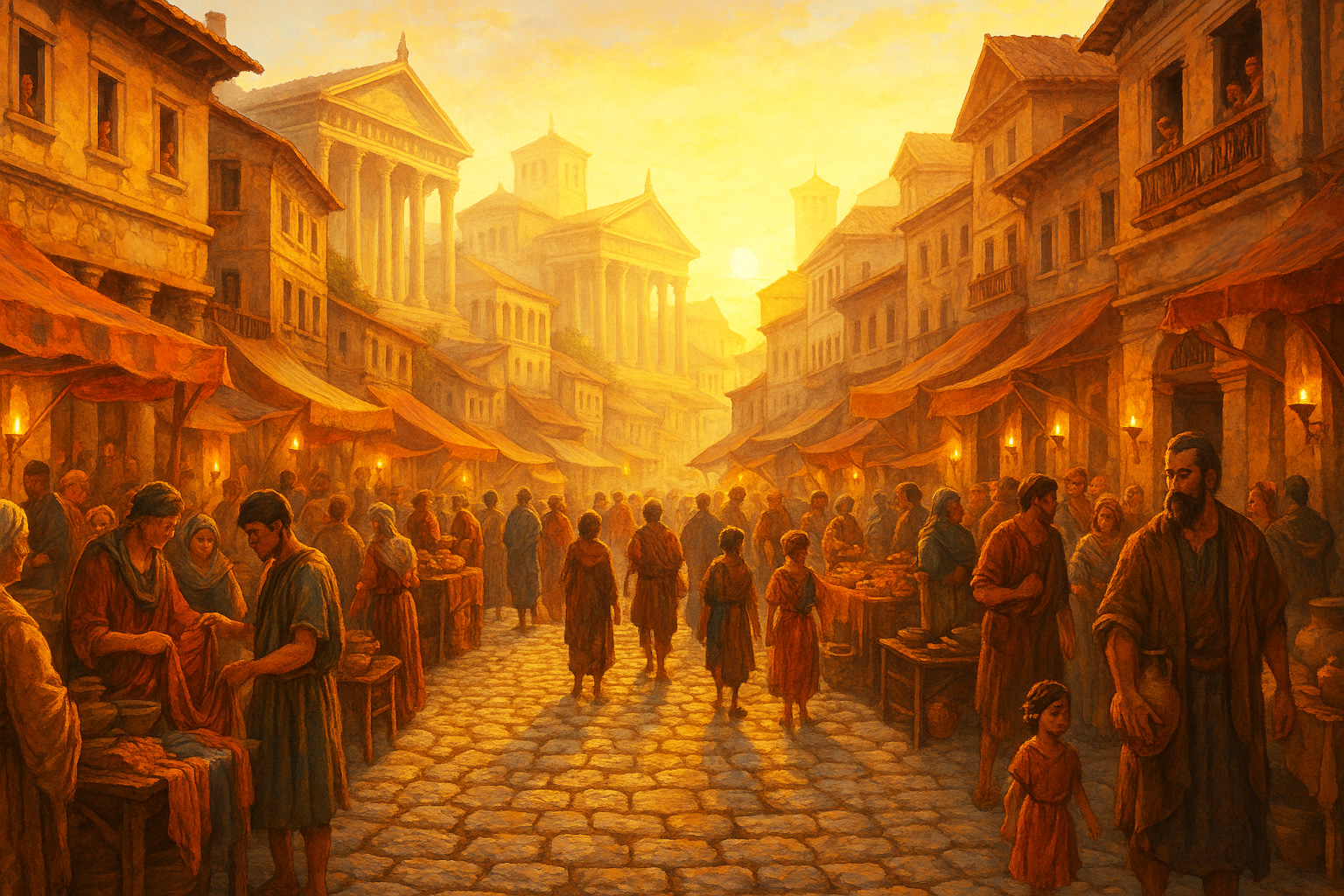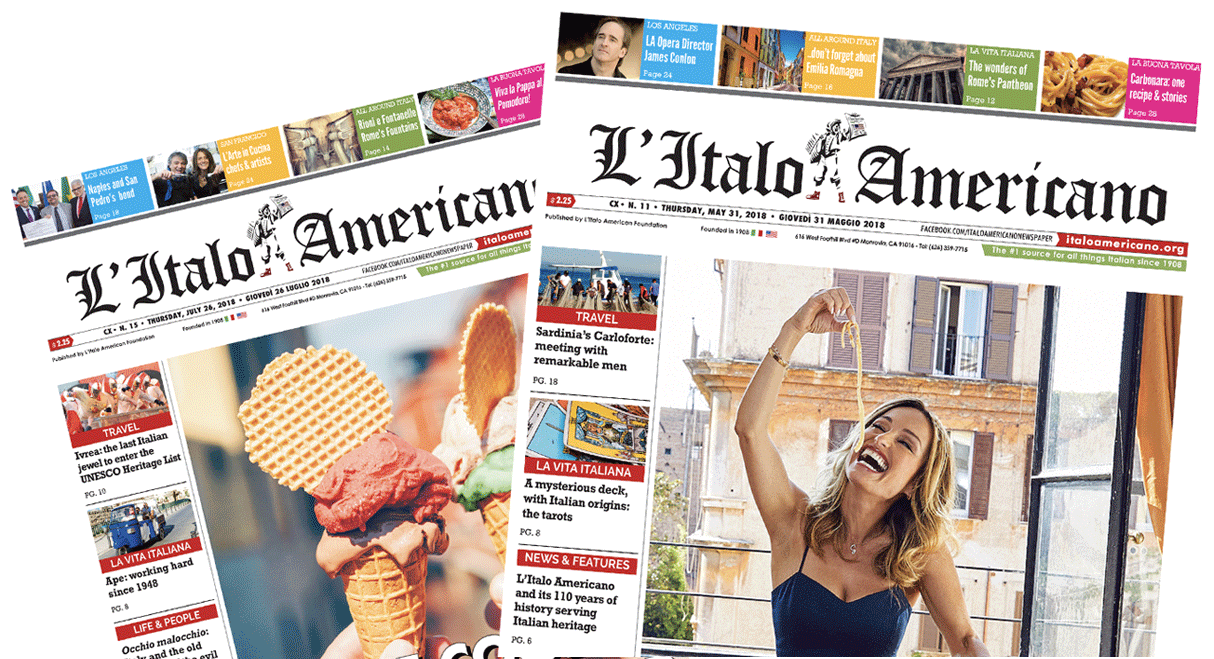Appearing more like a palace than a coffeehouse, the historical Cafe Pedrocchi of Padua has entertained famous literary and political figures since its founding in 1831. Because it was also the largest cafe in Europe, Cafe Pedrocchi became a quick sensation.
Coffee consumption by the bourgeoisie of Europe grew very popular during the 18th century. As a result, in 1772 Francesco Pedrocchi of Bergamo began the original and very successful coffee shop here near the University of Padua, the town hall, and the markets. It became the central hub, the social heartbeat of the city.
In 1831, Francesco’s son Antonio expanded the coffee house to cover an entire block by hiring Venetian architect Giuseppe Jappelli to redesign the premise. He integrated different buildings and facades into a single unit, creating an eclectic extension. The interior is neoclassical in style, with marble floors and pillars while adorned with graceful ornamentation.
There are three rooms on the main floor. The Red, White and Green rooms which are the colors of the Italian flag. Upstairs are nine rooms and a museum featuring 19th century Paduan history. Famous artists such as Stendhal, Lord Byron, Dario Fo and several others have spent much time here.
The cafe was heavily damaged in WWII and completely rebuilt in its original neoclassical 19th century splendor. During the war, Italian revolutionaries met here to plan an unsuccessful attempt to overthrow their Austrian occupiers. The walls of Cafe Pedrocchi are imbued with many a conversation. Inside the cafe, the ambience is one of class and elegance. Cafe Pedrocchi is the name of their signature drink, made of piping hot espresso topped with a cold mint creme topping. Luscious!
Finger sandwiches, olives and chips accompanied our drinks and were the perfect addition.
Tall Greek columns and stately lions gave the cafe a very unusual feel. Exotic, stately, classic, the building graced the streets of Padova with a lot of charm. University professors and students, intellectuals, and artists have all spent much time consorting with each other inside the cafe, solving the problems of the world.
It is called a ‘doorless cafe’ because originally it was open 24 hours a day. During the warm weather the doors are thrown wide open and the waiters breeze in and out while attending to every need of those sitting on the veranda and out onto the pedestrian piazza.
It truly is a remarkable landmark in Padua, one that has earned the right to be listed highly in the city’s “hall of fame.”
